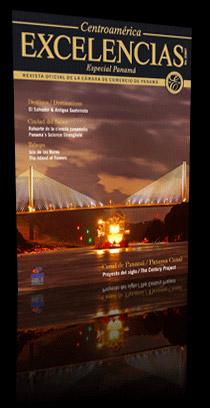The Panama Canal
When Panamanian authorities took over control, management and maintenance of their own canal on December 31, 1999, the Panama Canal Authority (ACP) mapped out a plan aimed at streamlining and improving the waterway on a permanent basis. This scheme includes the deepening, enhancing and straightening of certain areas along its course, as well as the acquisition and remodeling of its technological outfit.
Through these preventive maintenance programs, the ACP is pouring as many as 130 million balboas every year. Among the most outstanding tasks, the ACP concluded the enhancement of the Culebra Cut on November 6, 2001 that widened the stretches from 498 feet to 630 feet, while the curves were broadened to a maximum of 728 feet.
Nonetheless, since ships are becoming increasingly larger and heavier, it was equally necessary to make the sluiceways much deeper and increase the amount of fresh water stored –a basic ingredient for the correct functioning of the locks.
This project –presented by the Board of the Directors of the ACP to President Martin Torrijos on April 24, 2006, won passage by as much as 78 percent of Panamanian voters during a referendum held on October 22, 2006.
The building of a third set of locks will double the Canal’s capacity and will meet increasing demands of the maritime trade crossing the Panama Canal. The enhancement will also include the construction of two new lock systems –one in the Atlantic Ocean and the other one in the Pacific- as well as new access sluiceways to both locks, the broadening of existing facilities, the deepening of the areas and the improvement of the Gatun Lake’s functioning capabilities.
The entire project –expected to take from seven to eight years through 2014 at an estimated price tag of 5.2 billion balboas- will make wiggle room for 600,000-ton-plus freighters large enough to carry up to 12,000 containers each.













